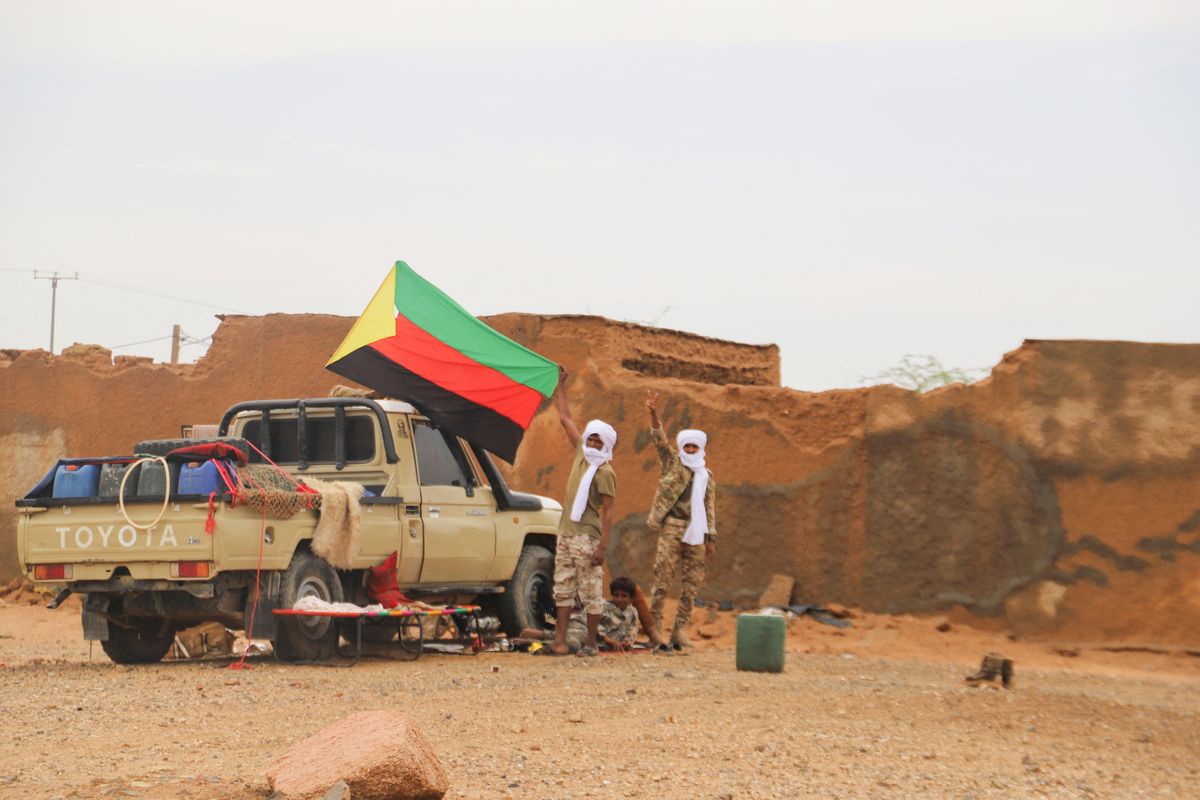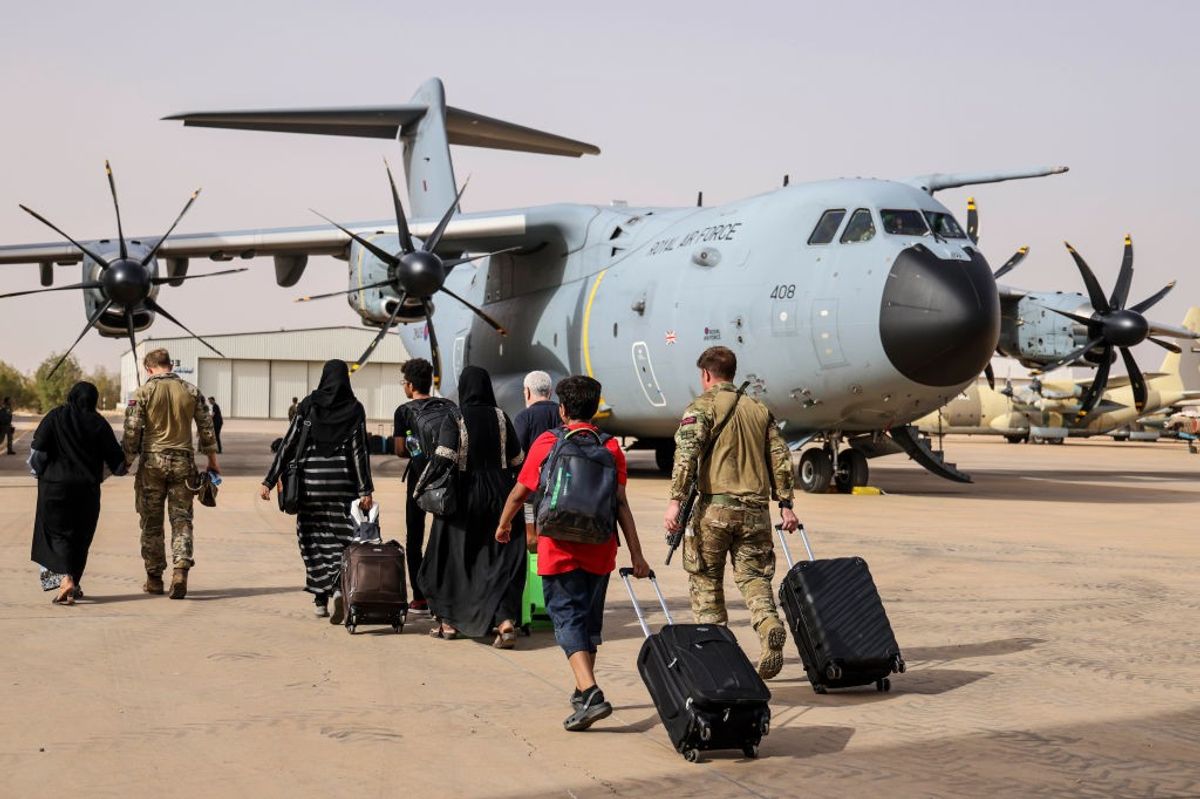Today, the Gulf of Guinea region is simultaneously the major source of revenue for the development of the states of the region and a big source of economic opportunity for the partners conducting industrial activities. The region covers an extension of more than six thousand kilometers, starting from the Senegal River—along the border between the Republic of Senegal and the Republic of Mauritania—up to the Cunene River—on the border between the Republic of Angola and the Republic of Namibia. The challenges caused by Gulf of Guinea tension, however, are not limited to this region.
This region is a global shipping route for goods between the Americas, Africa, Europe, and other parts of the world. The Gulf of Guinea region is also home to the second largest forest in the world; it possesses huge reserves of oil and gas, major river systems; and a considerable quantity of strategic resources, such as uranium, columbite-tantalite, and fishery products.
Its geographical position, its wealth in resources, and some historical circumstances have created challenges for the region that none of the states in the region can cope with alone. Some of these challenges are:
• Illegal fishing carried out by nationals and non-nationals;
• Use of the Gulf of Guinea maritime route for drug trafficking, mainly from South America destined for Europe
• Maritime piracy and armed robbery at sea, both on the high seas and in the territorial waters of the countries of the region
• Illegal bunkering and oil theft
• Maritime pollution, predominantly from industrial activities conducted in the sea but also from domestic activities
• Illegal immigration
• International terrorism, highly represented now by the Boko Haram group
• Division of the maritime domain into two areas – the ECOWAS (Economic Community of West African States) domain and the ECCAS (Economic Community of Central African States) domain
• Deep seated suspicion amongst the states in the region
• Difference of legislation amongst the states in the region regarding maritime issues
Because these problems cut across or spill over from one region to another, some of the states sought a global approach through the creation of the Gulf of Guinea Commission (GGC) in 2001. However, the mechanisms created to deal with maritime insecurity in the Gulf of Guinea region have not produced the expected development.
Indeed, the regional maritime security architecture created for the region (RMSA)is still struggling to be fully operational. Almost two years after the heads of state adopted a declaration to create an interregional coordination centre (ICC) for stabilizing the common maritime domain, the ICC is yet to be fully operational. Moreover, the countries that signed the Code of Conduct for repressing and preventing piracy, armed robbery against ships, and illicit maritime activity in West and Central Africa have still not even considered adopting it, let alone implementing it.
This situation shows the need for states to take full responsibility for maintaining security in their maritime domain by putting in place the necessary measures and mechanisms, either nationally through Maritime Operation Centres or with their neighboring countries through Multinational Coordination Centres.
The best way to successfully implement the RMSA will be a comprehensive plan, using a gradual, bottom-up approach. The GCC is a great avenue for strategizing these plans, but states must take the initiative and work together to use the resources available for maintaining security. Since piracy and trafficking in the Gulf of Guinea is truly a global problem, the solution must be global as well for any positive change to be lasting and effective.
Ambassador Florentina Adenike Ukonga is the Executive Secretary of the Gulf of Guinea Commission. She previously worked in the Ministry of Foreign Affairs of the Federal Republic of Nigeria for over thirty years before she retired as Under Secretary for African Affairs in 2006.












